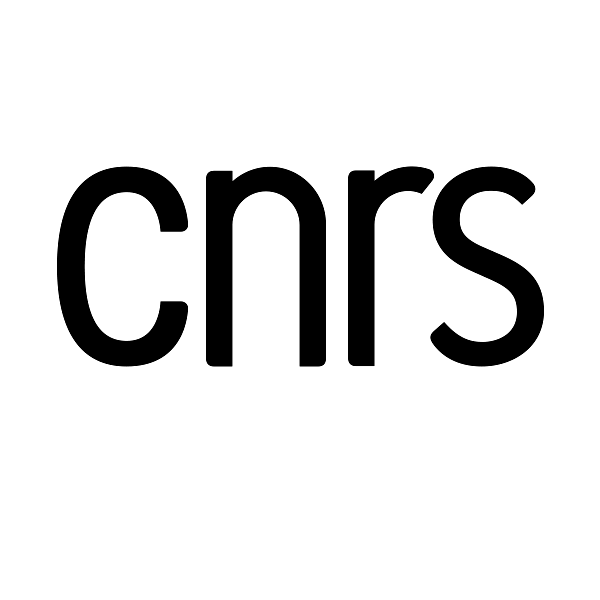Le 29 juin 2017
de 10h00 à 10h30
Le Patio (université de Strasbourg)
22 rue René Descartes, 67000 Strasbourg
salle 3201
Séance - Teaching and Pedagogy (I)
Pré-acte / Acte
Auteur : Marina V. Karaseva
In the last decade new touchscreen devices and mobile applications created new opportunities for the study of music analysis and its basic components. Touchscreen facilities get the possibility to feel music kinesthetically while playing it directly on the screen. Tablets and smartphones create new conditions for visualized learning new timbres, rhythms, and chords.
Nowadays great variety of “iTheory” applications (mainly on Android and iOS) is methodologically unknown to the most musicologists and music teachers. The main purpose of this paper is to demonstrate such applications, disclose their methodological potentialities, and to show how to use them in music analysis.
“iTheory” applications may be classified under two types. The first type, “music materials” is divided into three main groups: acquisition of music fundamentals (sight reading, ear training, dictation, listening exercises in intervals, chords, scales), quiz games (testing knowledge in music compositions), simulators of music instruments (symphonic and folk in style). Special features of applications aimed at study of ethnic traditional music may be considered in connection to the academic purposes.
The second type, “applications-facilitators” may be divided into three groups: play-sheets music applications (facilitating sight reading), speed changers of audio and video playback (without pitch changing), and fragment repeaters. All of them may be of substantive use for analysis of difficult music intonation and harmony as well as speech melodic line in verbal languages.
In that way, professional adaptation of “iTheory” mobile applications to academic study may improve skills in music listening, stimulate an interest for improvisation on virtual instruments.








